Any time there is a sighting of a wild animal not in captivity, it's a front row opportunity to observe untamed behavior.
But while a crocodile sighting is fascinating, you'd best be keeping a close watch on your children as well.
A video of a saltwater crocodile climbing aboard a rubber raft in Key Biscayne, Florida, last week made the rounds on the internet – with 77,000 on Facebook – and people are having second thoughts about getting in the water.
Judging by the aquatic reptile's size, you might be content with staying dry as well.
Take a look at the captured footage of the croc coming up for air in the video posted on Facebook.
Terrified viewers were not having the sneaky predator.

Now that's a speed motivator.

Let's all swim in harmony!

It's still a hard pass.

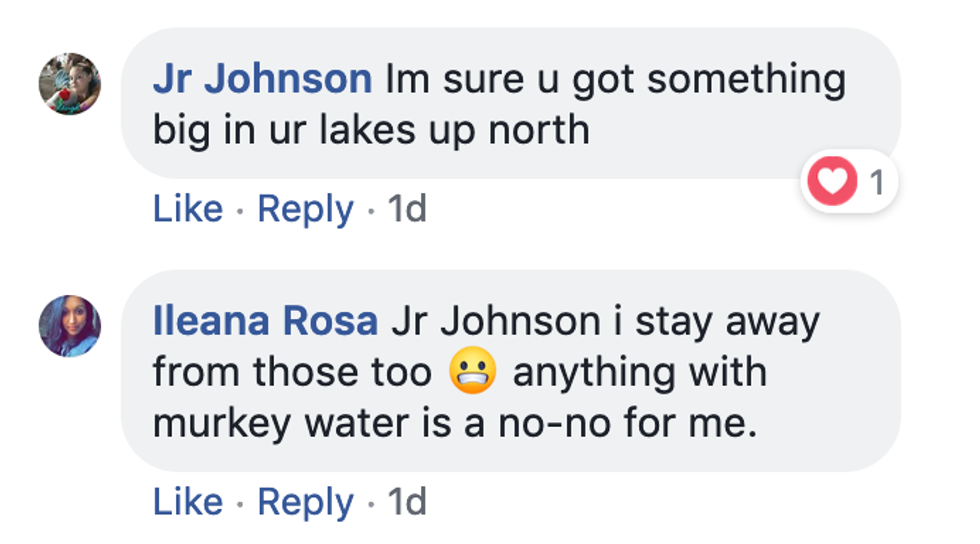
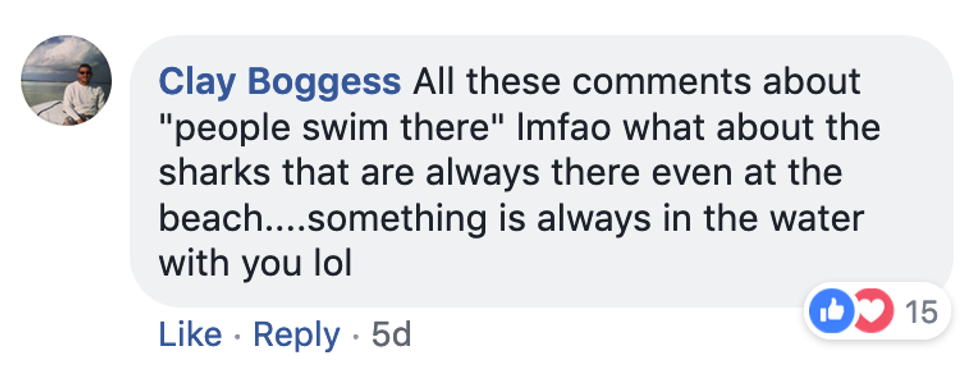
Still not cute.

Crocodile sightings are on the rise along the bay side from Key Largo to Key West, according to a Trip Advisor reviewer.
Saltwater crocodiles are dangerous to humans and are notorious for their predatory nature, striking their prey before they react. Out of 23 species of crocodilian, eight can carry out unprovoked attacks on people.
The fears placed on these silent predators are justified, not only because of their bite, but also for their appetite. Yes, these endangered species are one of the few that prey on humans to be eaten.
Crocodile Specialist Group cited possible explanations as to why saltwater crocodiles attack humans.
- Hunting for food: All crocodilians are opportunistic feeders, eating a wide range of prey. With increasing body size, crocodilians shift to larger prey, and humans are well within the size range of prey that can be taken by large crocodilians.
- Defense of territory: Some species, such as Saltwater Crocodiles, are highly territorial, and will defend their territory against intruders, including humans.
- Defense of nest and/or young: Most crocodilian species exhibit some form of nest defense. Exceptions are Australian Freshwater Crocodiles and some smaller caiman species which in the wild do not defend their nests, but may do so when in captivity. At the other extreme, female Saltwater Crocodiles will vigorously defend their nest to deter predators and/or intruders, whereas other species are far less likely to do so against humans. Crocodilians will also react to distress calls (vocalisations) made by their young.
- Mistaken identity: It is possible that some attacks may be directed at dogs or other animals accompanying people, with the latter were bitten by mistake.
The population of American crocodiles in South Florida was reported being in the 300s during the 70s, but that number steadily increased to 2,000.
Crocodile attacks are not unprecedented but you don't hear about them in the news; therefore they are not "well-documented as a man-eater," according to Wikipedia.
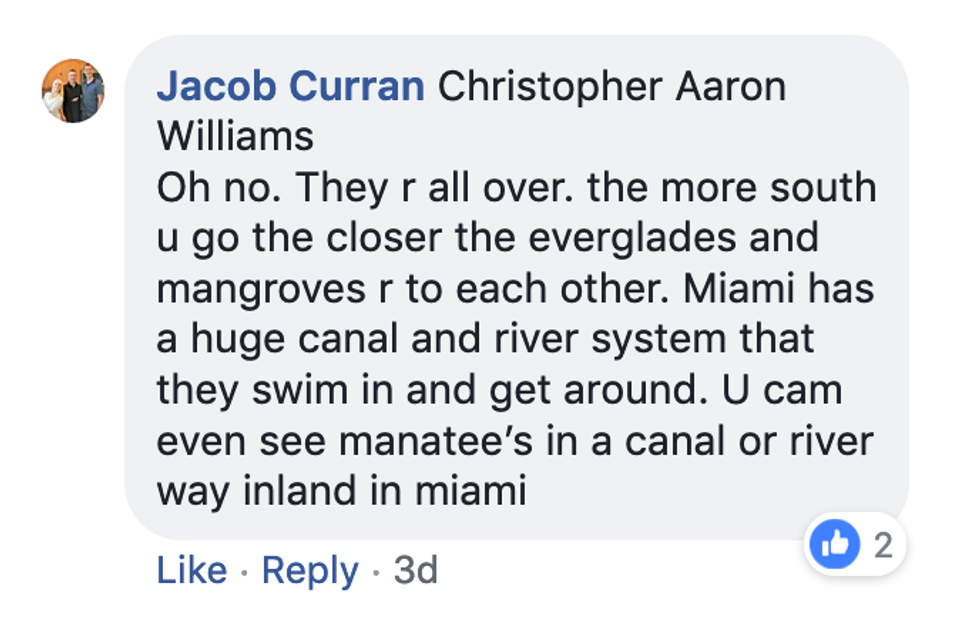
But that Croc climbing aboard the rubber raft did not seem to be on the prowl.
Biologist Amanda West of Florida Fish and Wildlife Conservation Commission told Keys Weekly that "swimming in the water or basking on the shore is normal biological behavior for a crocodile."
"It doesn't indicate that the crocodile is aggressive or has lost its natural fear of people."
Those living with crocodiles in South Florida should always keep these tips in mind.
- Always keep pets on a leash when around water and instruct family members to stay 10 feet from the water's edge or a minimum of 3 feet above the water (if on a dock).
- If recreating in the water, only do so during daylight hours. Do not swim or stand in the water between dusk and dawn, as this is when alligators and crocodiles normally hunt.
- Don't throw fish scraps or other food (bird food or fish food) in the water. This will teach the crocodiles that your area is a source of free food and they will frequent your area more often.
After a (LOOOONG) while, crocodile!






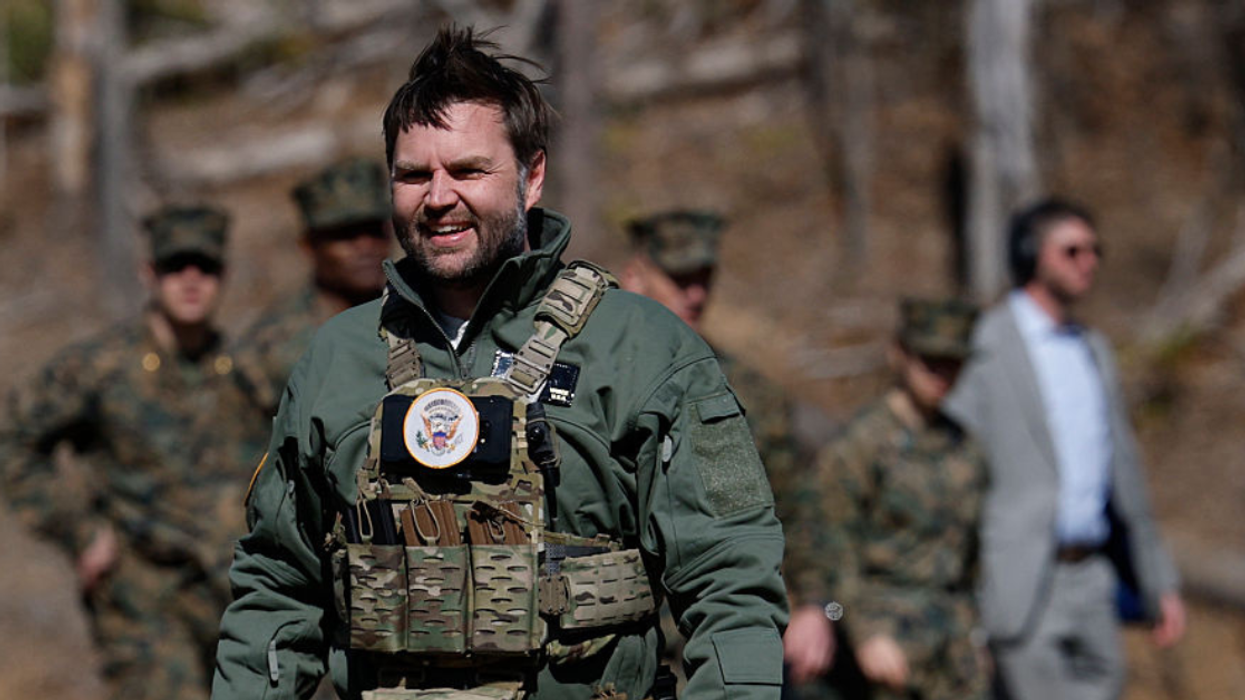







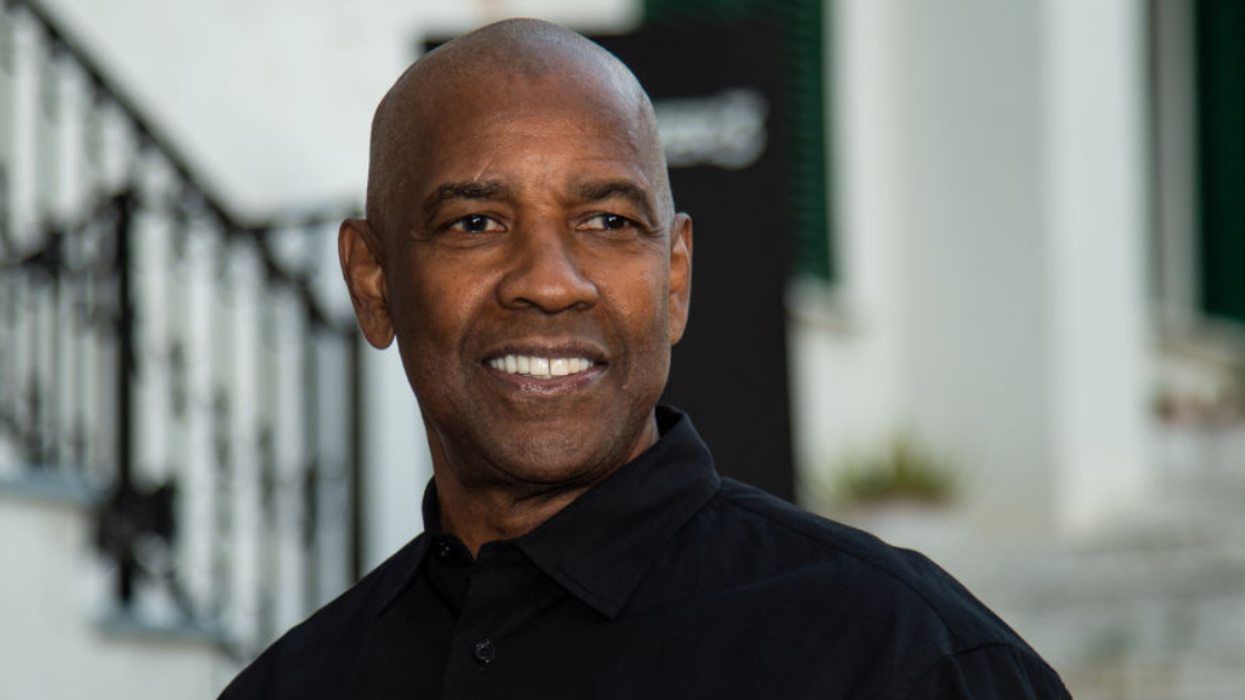

 @starbucks/Instagram
@starbucks/Instagram @I_eemay/Instagram
@I_eemay/Instagram @blessed_family1969/Instagram
@blessed_family1969/Instagram @roasriogarciapg/Instagram
@roasriogarciapg/Instagram @michellebbailey12/Instagram
@michellebbailey12/Instagram @bexbake08/Instagram
@bexbake08/Instagram @dastream/Instagram
@dastream/Instagram @lucinda_lovitt/Instagram
@lucinda_lovitt/Instagram @julsingaround/Instagram
@julsingaround/Instagram @laurenbdoeslife/Instagram
@laurenbdoeslife/Instagram @shann_the_man/Instagram
@shann_the_man/Instagram @provenbycaitlin/Instagram
@provenbycaitlin/Instagram @a.mike.long/Instagram
@a.mike.long/Instagram @librarygirllily/Instagram
@librarygirllily/Instagram @ursullinetv/Instagram
@ursullinetv/Instagram
